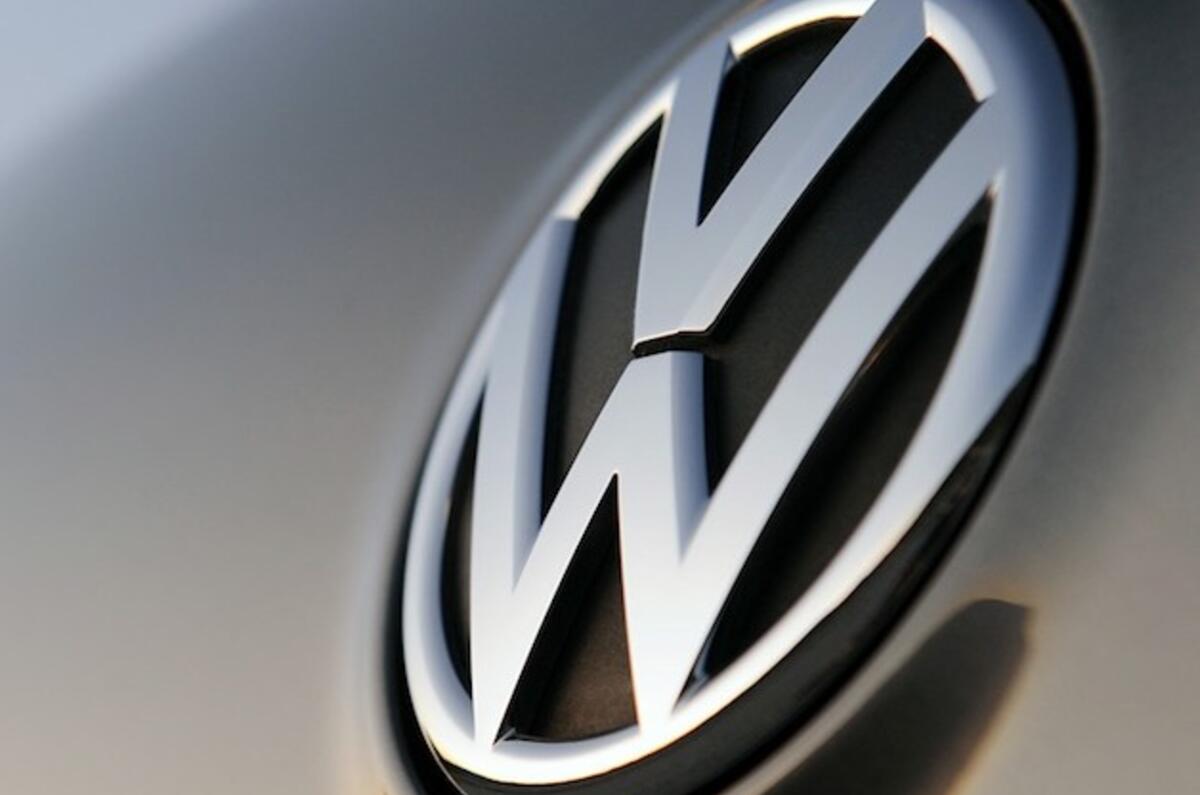The Volkswagen Group’s budget car plans are likely to be revealed within the next 12 months, according to VW’s head of development, Heinz-Jakob Neusser.
However, the project is currently undergoing conceptual investigation as to whether a suitable car can be built to a sufficiently high standard and still be sold at a budget price, allowing it to take on the likes of Dacia.
Speaking at the Tokyo motor show, Neusser said: “We are still working on the cost side. What’s clear is that we will only make this car if it meets our standards on safety, ride, handling, comfort and so on – and that it can be made profitably.
"It must be durable, precise and meet all the quality standards people expect from us.”
Despite this, Neusser confirmed that, if launched, the budget brand would be marketed under a new name. “It will be a special brand within the group,” he confirmed.




Join the debate
Add your comment
I am certain that we have already had this discussion . .
VW was once the budget brand,
Lord help us. A VW budget
winniethewoo wrote: Lord help
@sirwiggum